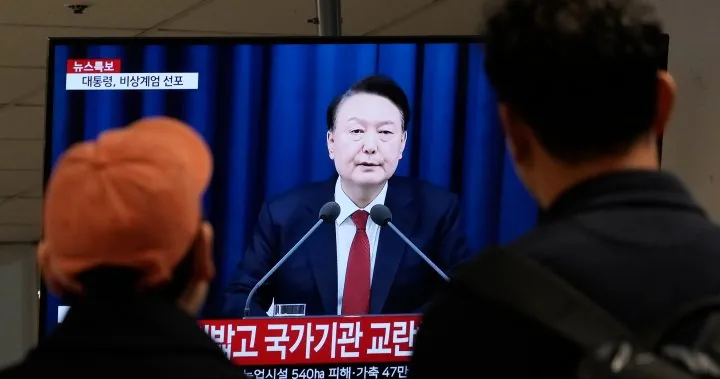
Vancouver Art Gallery's Grand Vision Faces Setback: Reimagining the Future
2024-12-04
Author: Emma
The ambitious plans for a new Vancouver Art Gallery, initially set to serve as a cultural keystone for the city, are now going back to the drawing board. After rising costs spiraled from an estimated $400 million to $600 million, the project's stakeholders acknowledged the need for a significant overhaul.
On Tuesday, Jon Stovell, chair of the gallery's board of trustees, confirmed the dissolution of its partnership with the original architects, Herzog & de Meuron. “We are looking toward a new approach,” Stovell stated, emphasizing a collective decision to find a more practical and realistic design that still embraces a visionary concept.
The project, which was meant to be a monumental highlight in Vancouver's cultural landscape, faced challenges from the start. Unveiled in 2015, the eye-catching design was intended to replace the current gallery location at the former courthouse on Hornby Street with a purpose-built facility on West Georgia Street, six blocks east. However, slow progress and skyrocketing costs proved to be insurmountable obstacles.
Notably, the $100 million endowment from the Michael Audain Foundation, heralded as the largest gift to a Canadian gallery, was contingent on the original architectural design. Audain expressed continued support for the new gallery but expressed disappointment over the slow development pace. He hopes future plans will involve a Canadian architect, advocating for local talent in a nation of over 40 million people.
Vancouver City Councilor Sarah Kirby-Yung also voiced her support for the new direction, stating the importance of the architect but underscoring that the gallery's cultural significance is paramount.
Despite the setback, the Vancouver Art Gallery recently announced it had raised over $350 million for the project and completed essential pre-construction work at Larwill Park. Although construction was initially anticipated to start this fall, VAG CEO Anthony Kiendl indicated that work is now pushed back to 2025.
In light of these developments, the gallery plans to engage the community in discussions about the revised direction of the project. As the board prepares to present their new plans, stakeholders hope to ensure that the vision not only fulfills the artistic mission but also addresses the practical needs of operating a world-class art institution.
With mounting pressure and a critical eye on the project, it remains to be seen how this cultural cornerstone will reshape and revitalize Vancouver's art scene. The future may hold unexpected yet promising changes for the much-anticipated Vancouver Art Gallery.









 Brasil (PT)
Brasil (PT)
 Canada (EN)
Canada (EN)
 Chile (ES)
Chile (ES)
 España (ES)
España (ES)
 France (FR)
France (FR)
 Hong Kong (EN)
Hong Kong (EN)
 Italia (IT)
Italia (IT)
 日本 (JA)
日本 (JA)
 Magyarország (HU)
Magyarország (HU)
 Norge (NO)
Norge (NO)
 Polska (PL)
Polska (PL)
 Schweiz (DE)
Schweiz (DE)
 Singapore (EN)
Singapore (EN)
 Sverige (SV)
Sverige (SV)
 Suomi (FI)
Suomi (FI)
 Türkiye (TR)
Türkiye (TR)